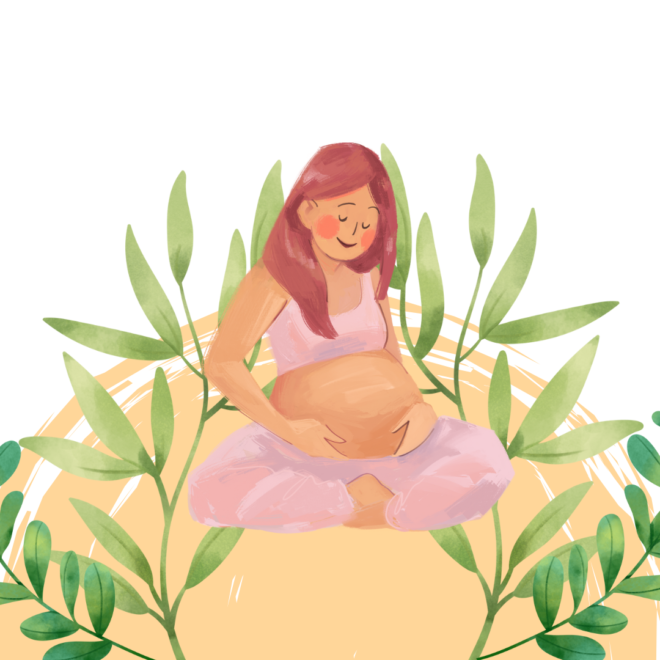|
Getting your Trinity Audio player ready...
|
Pranayama encompasses a variety of techniques and levels, each with its own benefits. While most are generally safe, it’s advisable to consult your yoga instructor before starting. They can help you identify the technique that best suits your needs. Below are some basic forms of pranayama:
Ujjayi Pranayama
Also referred to as the “ocean breath” or “victory breath,” this technique involves inhaling slowly through the nose, fully expanding the lungs, and exhaling completely until the abdomen slightly compresses. A soft, steady “hissing” sound is created during both inhalation and exhalation, which your instructor will guide you on.
Note: This practice is considered safe during pregnancy and is believed to offer numerous health benefits.
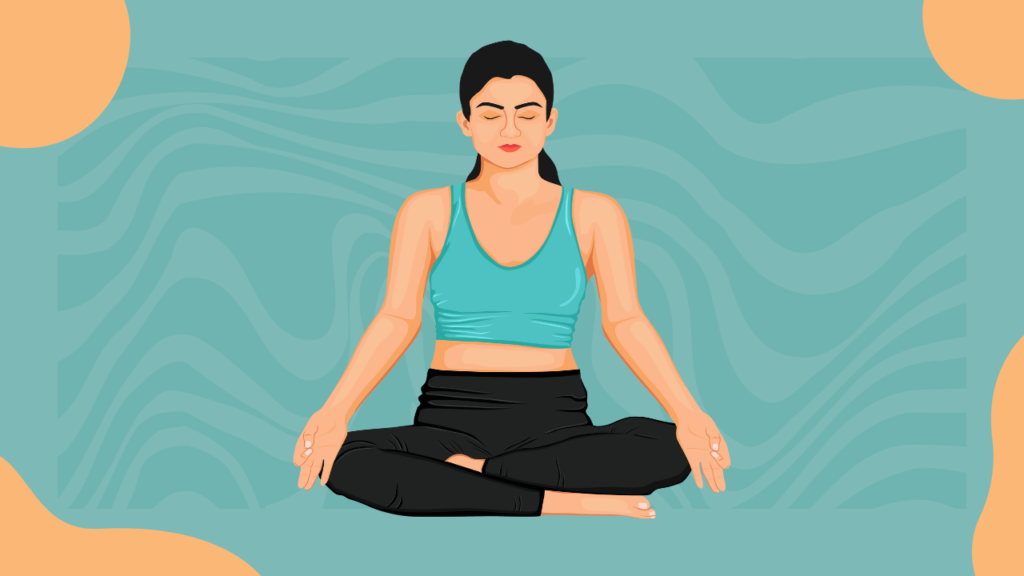
Nadi Shodhana
Known as the “sweet breath” or “alternate nostril breathing,” this technique focuses on cleansing the body. The term “nadi” means “flow” in Sanskrit, while “shodhana” means “to cleanse.” It involves breathing through alternate nostrils in a simple, rhythmic pattern.
Note: Ideal for beginners, this form is thought to purify the body.
Dirgha Pranayama
Referred to as the “three-part breath” or “complete breath,” this technique involves three stages of breathing: high, mid, and low. It forms the foundation of proper and efficient breathing practices.
Bhramari Pranayama
Also called the “bee breath,” this technique involves inhaling slowly through both nostrils and exhaling while producing a soft, buzzing sound resembling a bee. A variation includes alternating nostrils for inhalation and exhalation.
Note: This practice should only be performed under the supervision of a trained instructor.
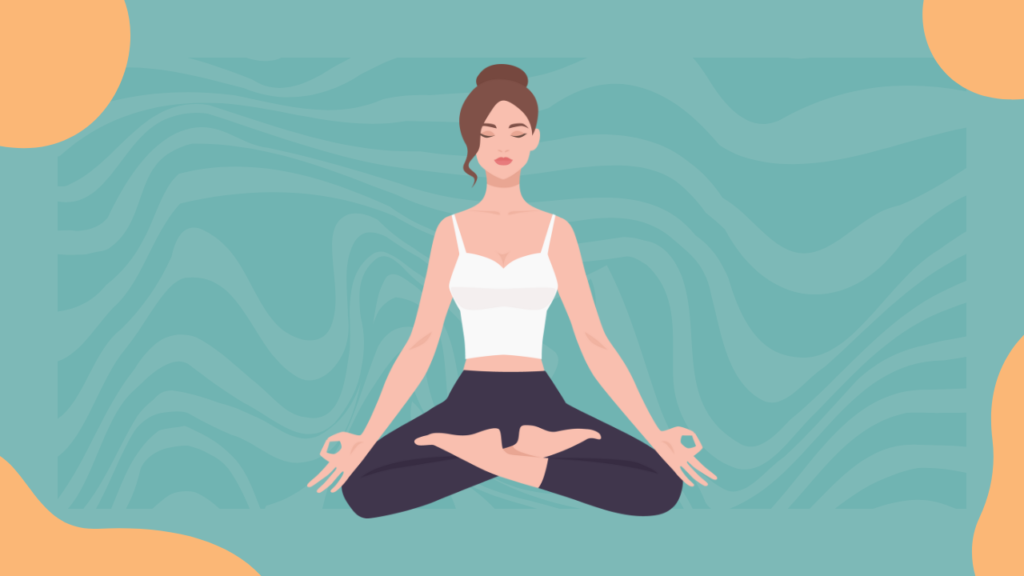
Anulom Vilom
This is a more advanced breathing method designed for those with prior experience. It requires inhaling through one nostril and exhaling through the opposite nostril.
Note: It is recommended to practice this under the guidance of a qualified instructor.
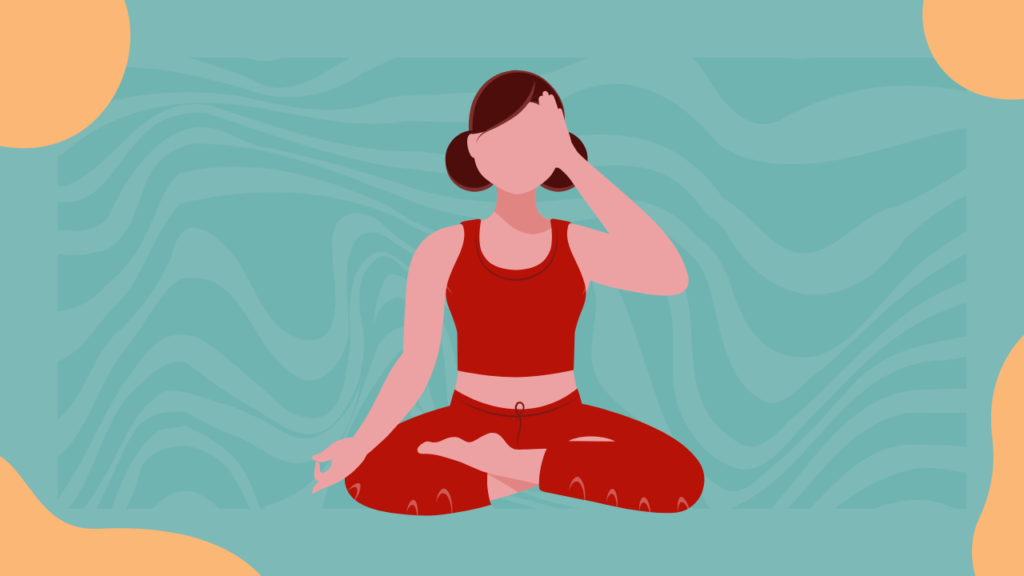
Shitali Pranayama
Known as the “cooling breath,” this technique is believed to cool the body and prevent overheating. It involves rolling the tongue into a tube shape, inhaling through the tongue, and exhaling using the Ujjayi method.
Note: This practice is not recommended in cold weather or for individuals with asthma or respiratory issues without consulting a doctor.
Kapalabhati Pranayama
Translated as “the breath of fire” (where “kapal” means forehead and “bhati” means radiant), this technique involves deep inhalation and forceful exhalation in a steady rhythm, often resulting in a warm, flushed appearance.
Note: This form is not recommended during pregnancy.
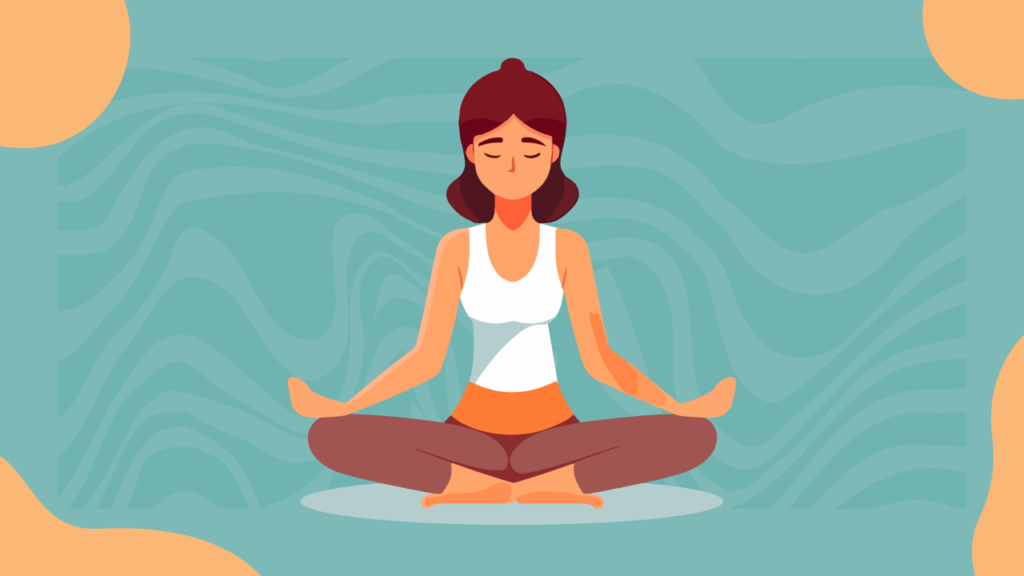
Each pranayama technique has specific breathing ratios and durations for inhalation and exhalation, which vary for beginners and advanced practitioners. During pregnancy, it’s essential to keep the following in mind:
- Practice with a trained instructor: Always follow the guidance of a prenatal yoga teacher. Pregnancy brings physical and physiological changes, and certain techniques may cause exhaustion or dizziness. Modifications may be necessary based on your stage of pregnancy.
- Avoid overheating: Some pranayama techniques can raise or lower body temperature. Overheating, especially in the first trimester, can be harmful to both you and your baby.
- Avoid breath retention: Pregnant women should avoid techniques that involve holding the breath, such as kapalabhati or bhastrika.
- Listen to your body: As with any exercise, avoid overexertion. If you feel pain or fatigue, stop immediately. Your body’s signals are your best guide.



